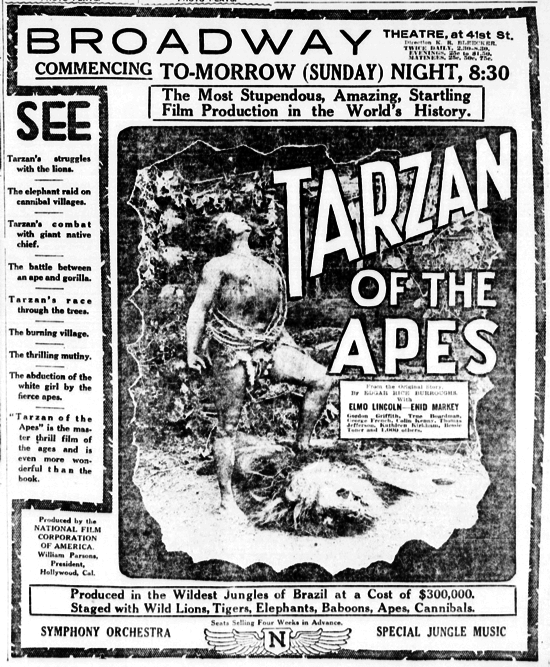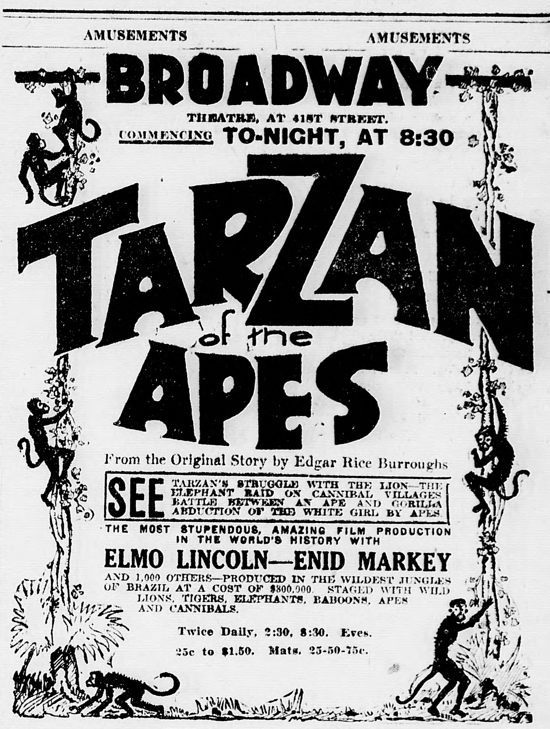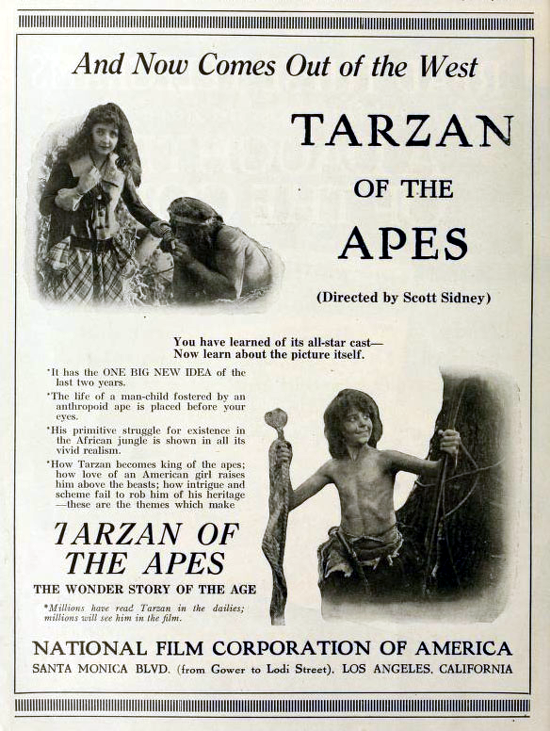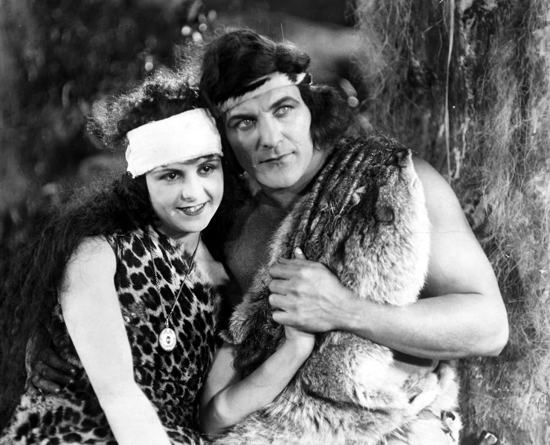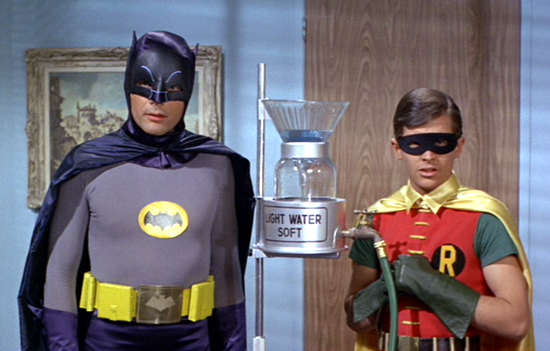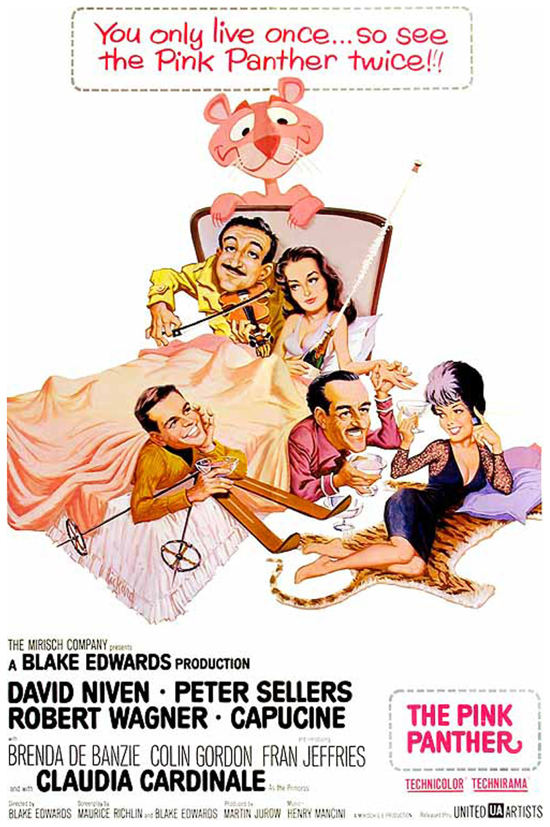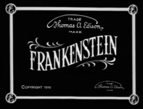 |
| Cendrillon (1899) film title frame |
Title: "Cendrillon" (Cinderella)
Category: Movies
Subcategory: Fantasy
Director/Producer: Georges Méliès
Based on: "Cendrillon" by Charles Perrault (1697)
Starring:
--- Mlle Barral (Cinderella)
--- Bleuette Bernon (Fairy Godmother)
--- Carmelli (Prince)
--- Jehanne d'Alcy (Prince's mother, Queen)
--- Depeyrou (a party guest)
--- Georges Méliès (the genie of the midnight clock)
--- Mlle Barral (Cinderella)
--- Bleuette Bernon (Fairy Godmother)
--- Carmelli (Prince)
--- Jehanne d'Alcy (Prince's mother, Queen)
--- Depeyrou (a party guest)
--- Georges Méliès (the genie of the midnight clock)
 |
| Georges Méliès Paris, December 8, 1861 - January 21, 1938, director of the 1899 film Cendrillon (Cinderella) |
Production company: Star-Film
Distributors: Star-Film, Pathé Frères (France) - American Mutoscope & Biograph, Edison Manufacturing Company, S. Lubin (USA)
Running time: 6 min.
Color: Black and White, partially hand-colored
Language: Silent
Summary plot: The film illustrates the essence of the classic fairy tale Cinderella in the version of Charles Perrault (1697). A fairy godmother magically turns Cinderella's rags to a beautiful dress, and a pumpkin into a coach. Cinderella goes to the ball, where she meets the Prince - but will she remember to leave before the magic runs out?
Interesting facts: Cendrillon (Cinderella) by Georges Méliès is the oldest known film adaptation of the homonym Charles Perrault's 1697 fairy tale. The film was extraordinary then for having multiple scenes, using six distinct sets and five changes of scene within the film; it is also the first movie to utilize a dissolve transition between scenes. Cendrillon was shot in the "glass house" studio designed by Méliès himself and located in Montreuil, Seine-Saint-Denis, France. In 1912 Méliès made another adaptation of the story, "Cendrillon ou la Pantoufle merveilleuse" (Cinderella or the Glass Slipper).
Property: Star-Film
 |
| Cendrillon (Cinderella), 1899 - first scene |
 |
| Cendrillon (Cinderella), 1899 - the coach |
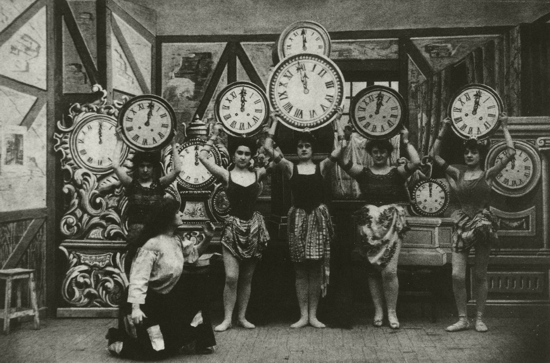 |
| Cendrillon (Cinderella), 1899 - dancing clocks |
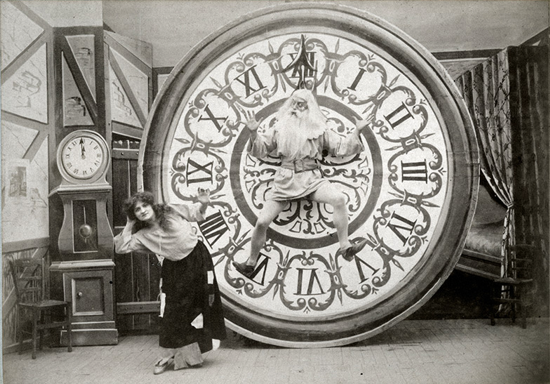 |
| Cendrillon (Cinderella), 1899 - Barral as Cinderella and director Méliès as genie |
 |
| Cendrillon (Cinderella), 1899 - final scene |
Cendrillon (Cinderella), 1899 - complete film ready to play (5 min. 40 sec.)
|




